In the annals of history, the American Revolution stands as a testament to the indomitable spirit of mankind. Yet, as we sip our lattes and complain about slow Wi-Fi, it’s worth pondering whether we could have survived the trials and tribulations faced by George Washington and his ragtag army. Here are 14 facts about the Revolutionary War that prove how difficult it really was.
1. The Winter at Valley Forge

Imagine spending a winter in a makeshift hut with no central heating, scant food supplies, and threadbare clothing. That was the reality for Washington’s troops during the infamous winter at Valley Forge in 1777-78. Frostbite and disease were as much a threat as the British, and yet, they endured. Your thermostat suddenly doesn’t seem so uncooperative, does it?
Fun Fact: Did you know that during this winter, a Prussian military officer named Baron Friedrich von Steuben arrived at Valley Forge and helped train the Continental Army, significantly improving their military skills and discipline?
2. The Siege of Boston

The Siege of Boston was a nine-month standoff that would test the patience of a saint, let alone a soldier. The Continental Army, undermanned and under-resourced, held its ground against the British forces. It was a game of chess with real lives at stake, and Washington was the mastermind behind it all. Makes your last traffic jam seem like a walk in the park, huh?
Did You Know? The Siege of Boston ended when Washington’s troops managed to transport cannons from Fort Ticonderoga to Dorchester Heights, a strategic point overlooking Boston. The British, realizing their position was untenable, evacuated the city.
3. The Battle of Long Island
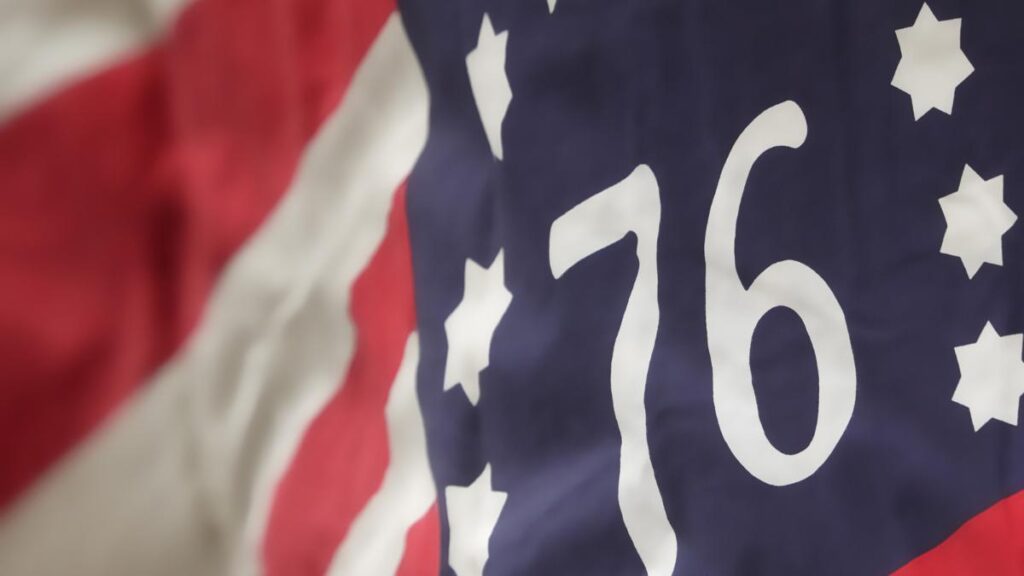
The Battle of Long Island was a crushing defeat for the Continental Army. Outnumbered and outmaneuvered, they were forced to retreat under the cover of night. But here’s the kicker: they didn’t give up. They regrouped, learned from their mistakes, and came back fighting. So, next time you’re feeling down about a minor setback, remember Washington’s resilience.
Fun Fact: During the retreat from Long Island, a brave woman named Mary Lindley Murray, under orders from Washington, detained British General William Howe and his officers with a dinner party, buying the Americans the time they needed to escape.
4. The Crossing of the Delaware

The iconic image of Washington crossing the Delaware River is not just a dramatic painting; it was a daring and dangerous mission undertaken in the dead of winter. The surprise attack that followed was a much-needed victory for the demoralized Continental Army. It’s enough to make your last surprise party seem like a minor event.
Did You Know? The famous painting of Washington crossing the Delaware shows him standing on a rowboat, but in reality, he would have been seated due to the dangerous ice flows in the river.
5. The Lack of Pay

Soldiers in the Continental Army often went months without pay, their families left to fend for themselves. Yet, they continued to fight for a cause they believed in. The next time your paycheck is a day late, remember the sacrifices these men made.
Fun Fact: To help finance the war, the Continental Congress issued paper money known as “Continental currency.” However, due to rampant inflation, the phrase “not worth a Continental” became popular as a way to describe something worthless.
6. The Smallpox Epidemic
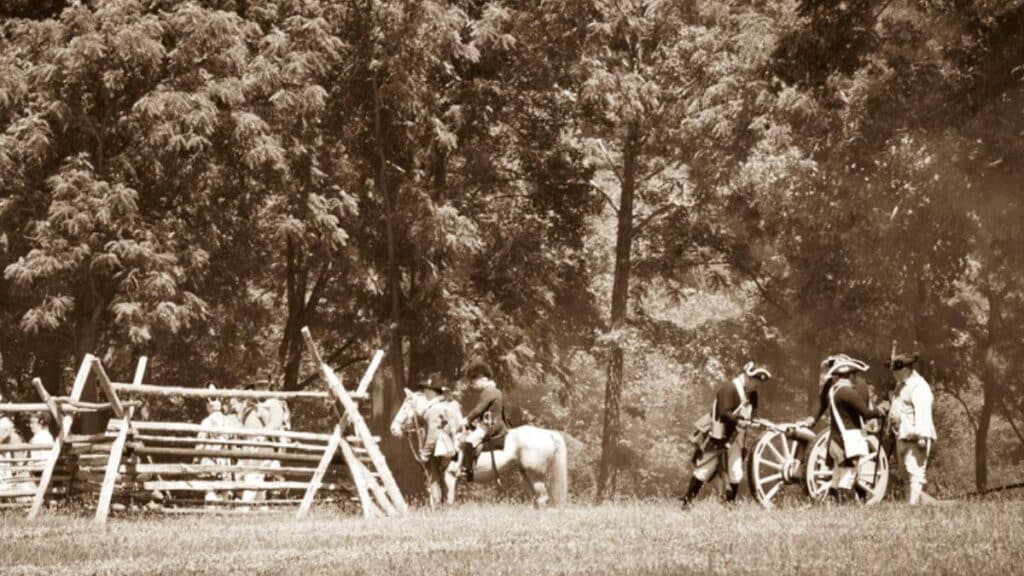
As if war wasn’t enough, a smallpox epidemic swept through the ranks of the Continental Army. Washington, recognizing the threat, ordered a risky inoculation program, saving countless lives. It was a bold move that required foresight and courage. Makes your last flu shot seem like child’s play, doesn’t it?
Did You Know? George Washington himself had survived a bout of smallpox when he was a teenager. His firsthand experience with the disease likely influenced his decision to inoculate his troops.
7. The Battle of Saratoga
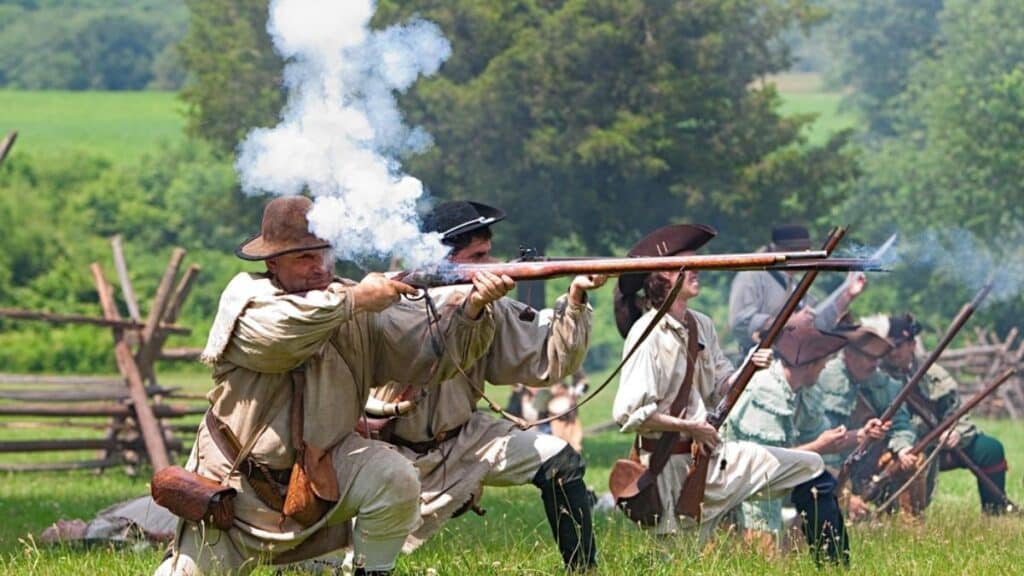
The Battle of Saratoga was a turning point in the war, but it was a hard-won victory. The Continental Army faced a larger, better-equipped force and still emerged victorious. It’s enough to make your last workout seem like a breeze.
Fun Fact: The Battle of Saratoga was actually two battles fought 18 days apart. It was the Continental Army’s victory in these battles that convinced France to enter the war as an American ally.
8. The Siege of Yorktown

The Siege of Yorktown was the final major battle of the war, but it was a grueling affair. The Continental Army, along with their French allies, had to coordinate a complex strategy to trap the British. It was a high-stakes game that required patience and precision. Makes your last project deadline seem like a piece of cake, right?
Did You Know? During the Siege of Yorktown, British General Cornwallis’s band reportedly played a tune called “The World Turned Upside Down” as the British army surrendered.
9. The Lack of Formal Training

Many of the soldiers in the Continental Army were farmers, not professional soldiers. They had to learn on the job, often under fire. The next time you’re feeling overwhelmed at work, remember these men.
Fun Fact: The term “Yankee Doodle” was originally used by British soldiers as a derogatory term for the untrained American colonists. The Americans embraced the term, turning it into a patriotic song.
10. The Treason of Benedict Arnold

The betrayal of Benedict Arnold was a bitter blow to the Continental Army. It was a reminder that the enemy wasn’t just on the battlefield. It’s enough to make your last office gossip seem like a harmless whisper.
Did You Know? Before his betrayal, Benedict Arnold was considered a war hero and was a trusted general in the Continental Army. His name has since become synonymous with treason and betrayal.
11. The Long Marches

The Continental Army was constantly on the move, often covering vast distances on foot. These long marches were grueling and exhausting. The next time you complain about your commute, remember these men.
Fun Fact: The longest march of the war was the Sullivan-Clinton Campaign, a 450-mile trek through New York to combat the British allies, the Iroquois Confederacy.
12. The Scarcity of Supplies

From ammunition to food, supplies were always in short supply. The Continental Army often had to make do with what they had. It’s enough to make your last shopping trip seem like a spree.
Did You Know? The phrase “shirtsleeves to shirtsleeves in three generations” originated during the Revolutionary War. It referred to the practice of tearing up shirts to use as bandages due to the scarcity of medical supplies.
13. The Uncertainty of Victory
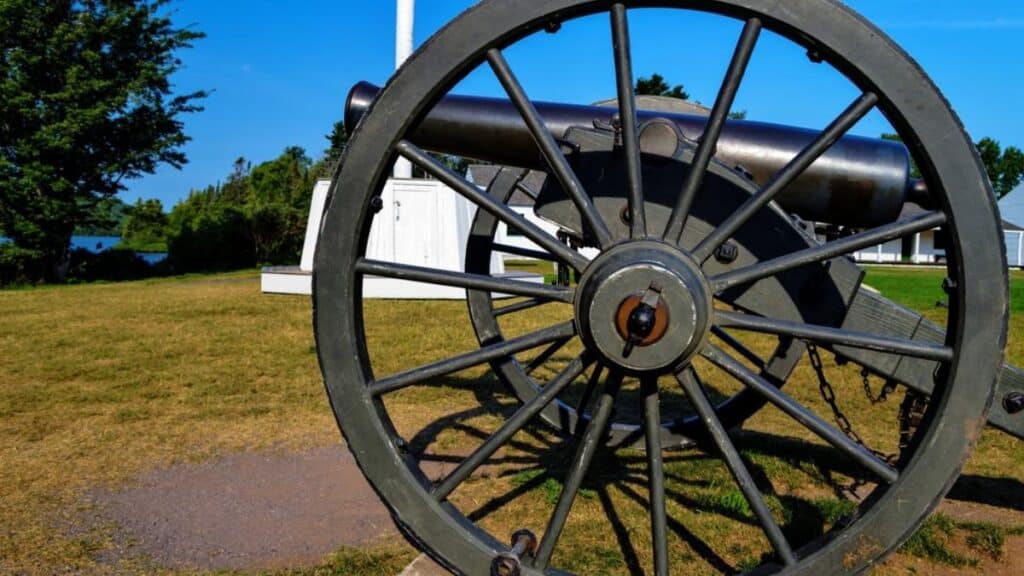
For much of the war, victory was far from certain. The Continental Army had to keep fighting, not knowing if they would succeed. The next time you’re unsure about the outcome of a project, remember these men.
Fun Fact: The phrase “the times that try men’s souls,” from Thomas Paine’s pamphlet “The American Crisis,” was written during the low point of the American Revolution to inspire the troops and the American public.
14. The Battle of Monmouth

The Battle of Monmouth was fought in sweltering heat, with soldiers collapsing from heatstroke. Yet, they kept fighting. It’s enough to make your last summer day seem like a cool breeze.
Fun Fact: The Battle of Monmouth is notable for the legend of Molly Pitcher, a woman who supposedly took over her husband’s cannon after he collapsed from the heat. While her true identity is uncertain, she has since become a symbol of women’s contribution to the war effort.
50 Ways America Is Projected to Change by 2050
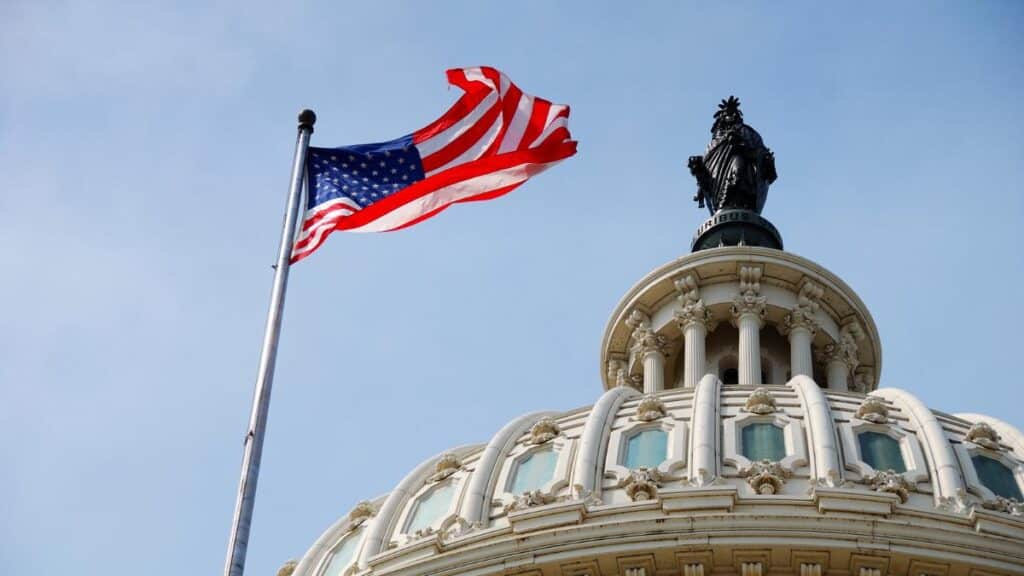
In this gallery, we’ve put together a list of 50 major changes expected to occur in America by the year 2050.
50 Ways America is Projected to Change By 2050
Facts About the “Greatest Generation” That Prove How Much We Owe Them

Every generation leaves its mark on history, but the Greatest Generation—those who faced the challenges of the early 20th-century head-on—did more than just that. They carved out the world as we know it today. We owe them a lot, not just for their courage and resilience but for setting a precedent that still guides us when dealing with life’s obstacles.
Facts About the “Greatest Generation” That Prove How Much We Owe Them
Facts About the Oregon Trail That Prove Most of Us Would Have Never Made It
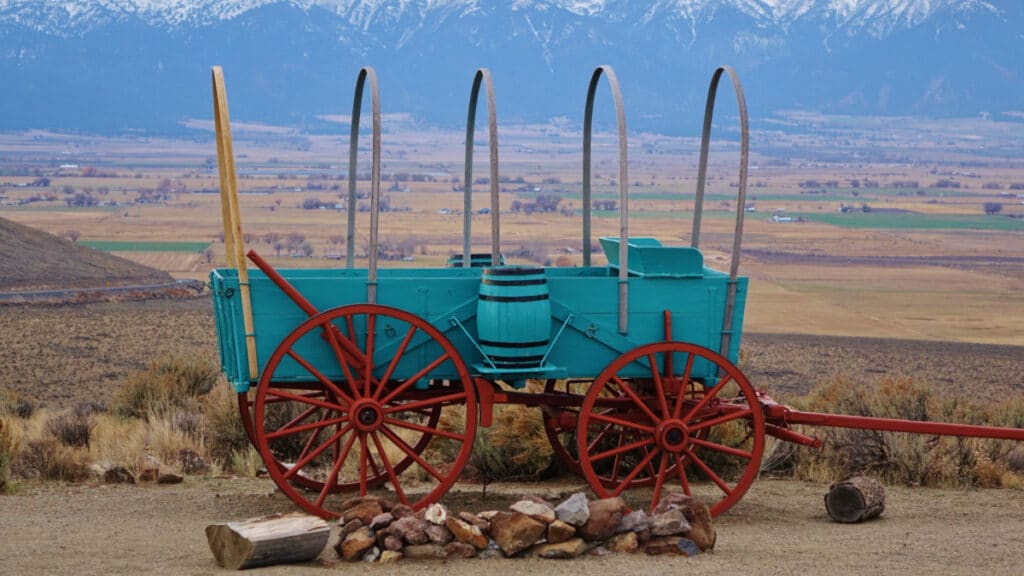
Picture setting off on an epic voyage that stretches over 2,000 formidable miles, peppered with perilous river fords, the challenge of food scarcity, the unyielding elements, and ever-looming health risks. You’ve just stepped into the boots of an Oregon Trail pioneer!
Facts About the Oregon Trail That Prove Most of Us Would Have Never Made It
Could You Have Done What Lewis and Clark Did? Probably Not and Here’s Why

Lots of people are into hiking, although very few have the stamina to do what Lewis and Clark did. Can you even imagine making an 8,000-mile cross-country trek into unchartered territory? Take a minute to explore these 12 riveting realities of the Lewis and Clark expedition that will leave you questioning your own survival skills.
Could You Have Done What Lewis and Clark Did? Probably Not and Here’s Why
Karee Blunt is a nationally syndicated travel journalist, focused on discovering destinations and experiences that captivate and inspire others through her writing. She is also the founder of Our Woven Journey, a travel site focused on inspiring others to create memory-making adventures with their loved ones. Karee is passionate about encouraging others to step out of their comfort zone and live the life they dream of. She is the mother of six kids, including four through adoption, and lives with her family in the Pacific Northwest. You can learn more about Karee on her about me page.
